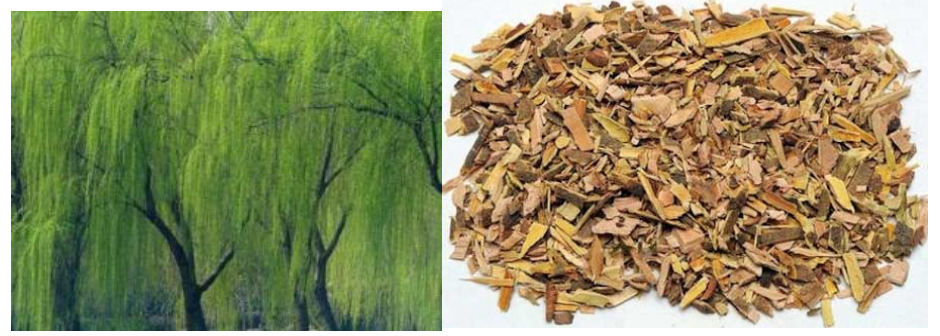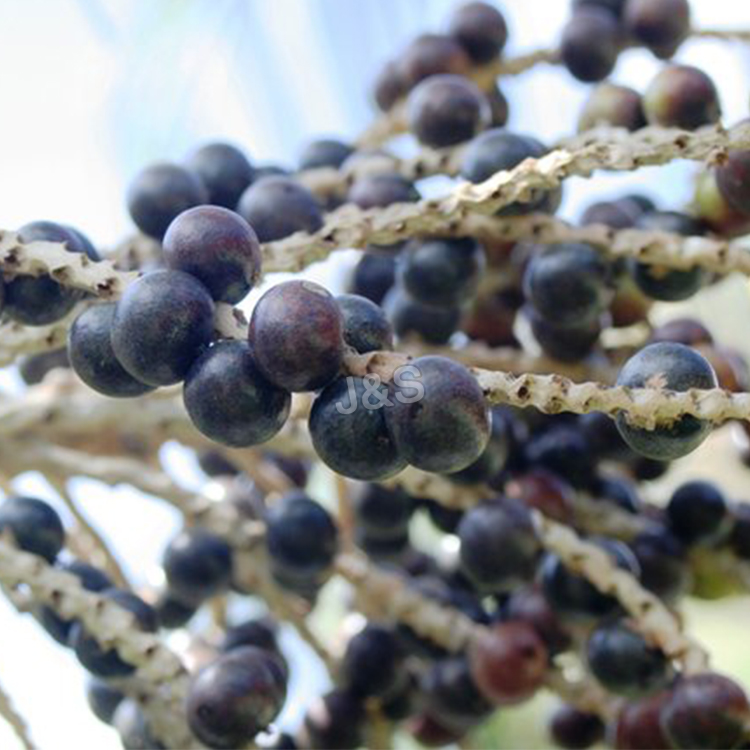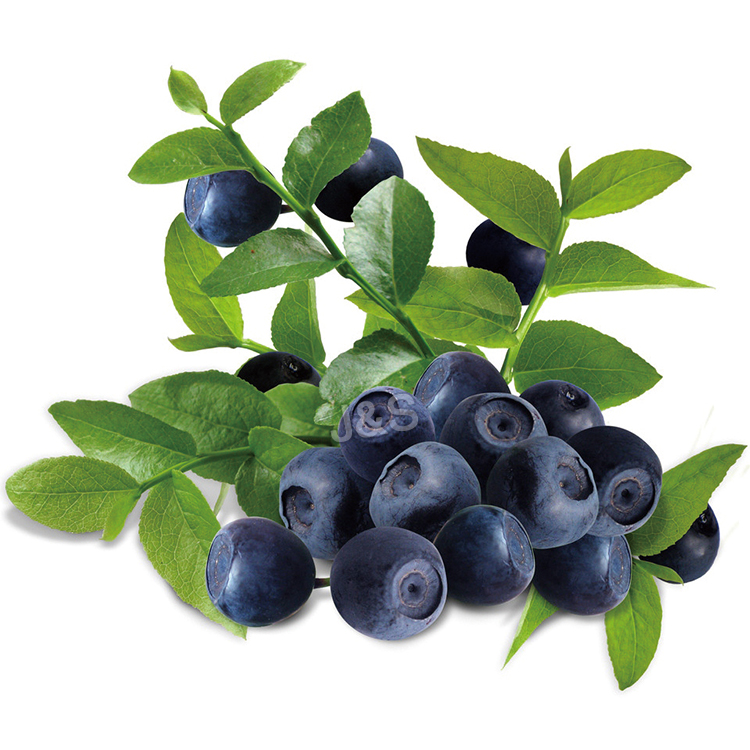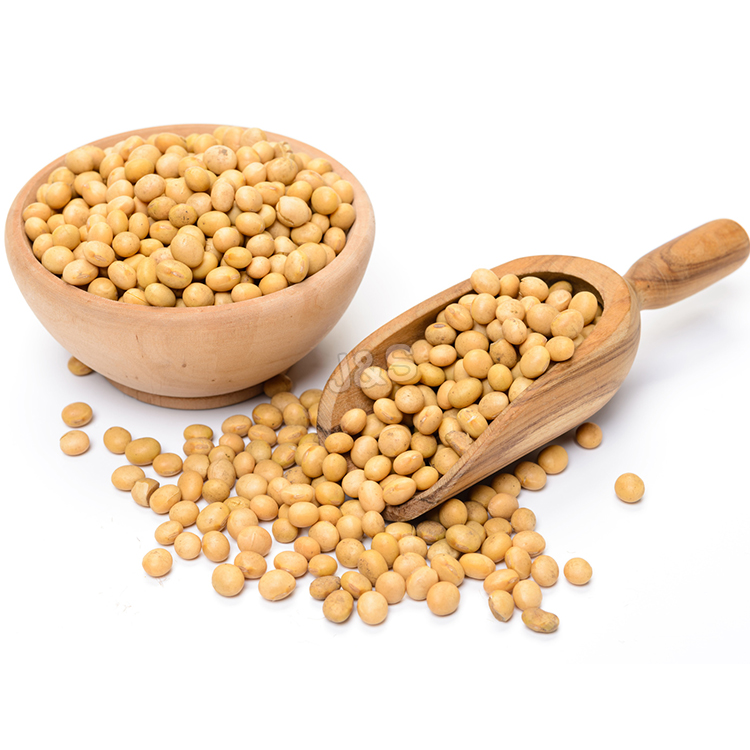Wholesale Price White Willow Bark Extract Supply to Slovak Republic
Wholesale Price White Willow Bark Extract Supply to Slovak Republic Detail:
[Latin Name] Salix alba L.
[Plant Source] from China
[Specifications] Salicin 15-98%
[Appearance] Yellow Brown to White powder
Plant Part Used: Bark
[Particle size] 80 Mesh
[Loss on drying] ≤5.0%
[Heavy Metal] ≤10PPM
[Storage] Store in cool & dry area, keep away from the direct light and heat.
[Shelf life] 24 Months
[Package] Packed in paper-drums and two plastic-bags inside.
[Net weight] 25kgs/drum
Brief Introduction
Salicin is a naturally occurring compound found in the bark of several species of trees, primarily North American in origin, that are from the willow, poplar, and aspen families. White willow, from whose Latin name, Salix alba, the term salicin is derived, is the most well known source of this compound, but it is found in a number of other trees, shrubs, and herbaceous plants as well being synthesized commercially. It is a member of the glucoside family of chemicals and is used as an analgesic and antipyretic. Salicin is used as a precursor for the synthesis of salicylic acid and acetylsalicylic acid, commonly known as aspirin.
A colorless, crystalline solid in its pure form, salicin has the chemical formula C13H18O7. Part of its chemical structure is equivalent to the sugar glucose, meaning it is classified as a glucoside. It is soluble, but not strongly so, in water and alcolhol. Salicin has a bitter taste and is a natural analgesic and antipyretic, or fever reducer. In large quantities, it can be toxic, and overdoses may lead to liver and kidney damage. In its raw form, it may be mildly irritating to skin, respiratory organs, and eyes.
Function
1. Salicin is used to ease pain and reduce inflammation.
2. Relieve acute and chronic pain, including headache, back and neck pain, muscle aches, and menstrual cramps; Control arthritis discomforts.
3. Relieve acute and chronic pain.
4. It has the same effect on the body as aspirin without any of the side effects.
5. It is an anti-inflammatory, a fever reducer, an analgesic, an anti-rheumatic, and an astringent. Specifically, it helps to relieve headaches.
Application
1.Anti-inflammatory, anti-rheumatic,
2.Reduce a fever,
3.Use as an analgesic and astringent,
4.Relieve headache,
5.Ease pain caused by rheumatism, arthritis, and carpal tunnel syndrome.
Product detail pictures:
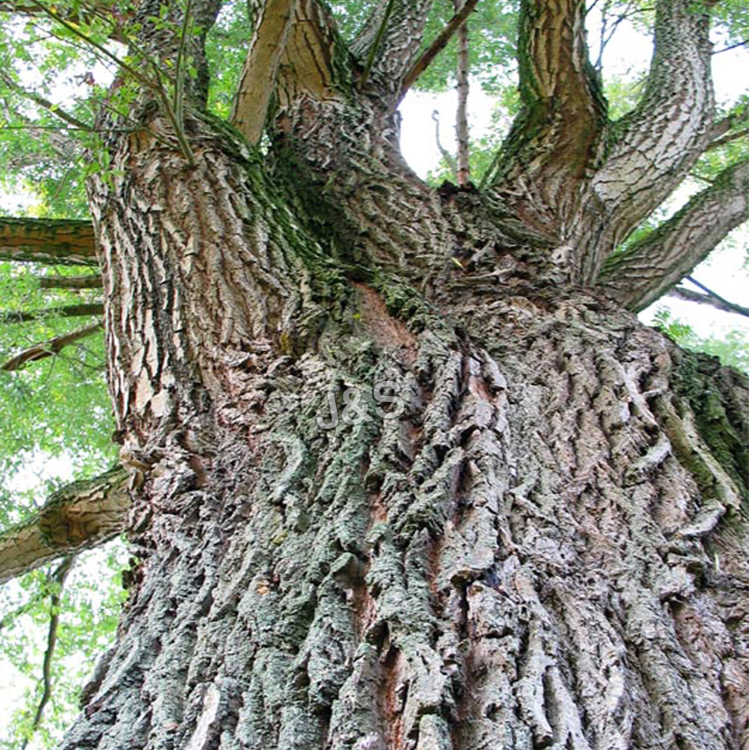
Related Product Guide:
Wholesale Price White Willow Bark Extract Supply to Slovak Republic , The product will supply to all over the world, such as: , , ,
Dr Kiel explains the glycemic index
MORE HEALTH EDUCATION:
https://www.youtube.com/playlist?list=PLt6puIp2CPGX8ilSikABEAc0wiS-slL-h
READ MORE
https://www.healthydocs.net/home/2017/the-glycemic-index-explained
CARBS & SUGAR EXPLAINED
Please like, subscribe, comment and share!
SUBSCRIBE: https://www.youtube.com/user/DrJohnKiel
FACEBOOK: https://www.facebook.com/medicinelifestyle
TWITTER: https://twitter.com/LifestyleMedYou
The glycemic index was created by nutritionists and researchers in the 1980s who were looking for a more accurate way to compare carbohydrates of different food groups relative to the conventional method of simply comparing the total number of carbs.
The glycemic index (GI) is an advanced metric for counting carbs. The glycemic load (GL) is an even better metric. It’s helpful for counting carbs, calories, daily caloric intake, daily calorie intake, eating fewer carbs or calories, lowering your calorie intake, fat loss, and weight loss. Quantifying how many carbs in food, drinks. Also consider macronutrients, macros, fat, protein, metabolism, anabolism, catabolism, synthesis, breakdown, deficit, gluconeogenesis, glycolysis, glycogenolysis. It’s important if you have diabetes, metabolic syndrome, and heart disease. It looks at things like fructose, galactose, glucose, sugar, glycogen, lactose, calories, kilocalories, monosaccharides disaccharides polysaccharides, starch, and sucrose.
Please watch: “
 By from -
By from -
 By from -
By from -

